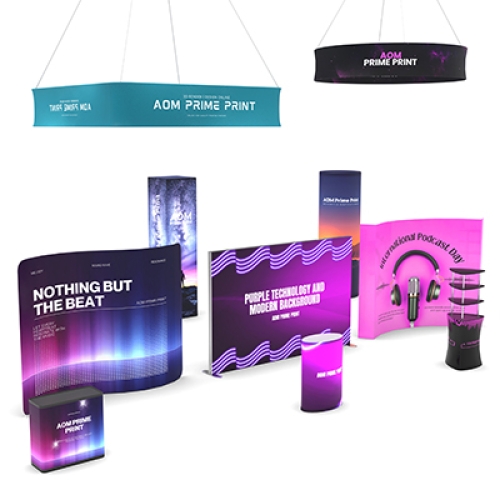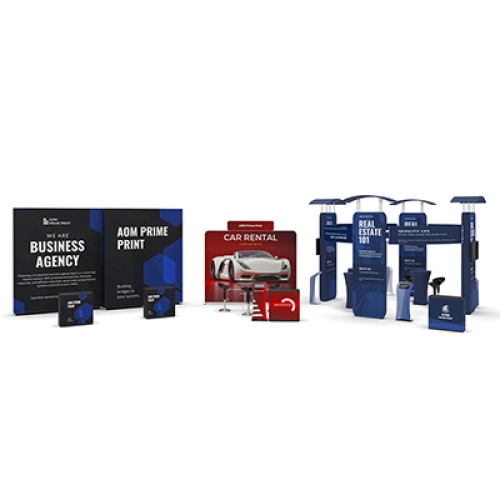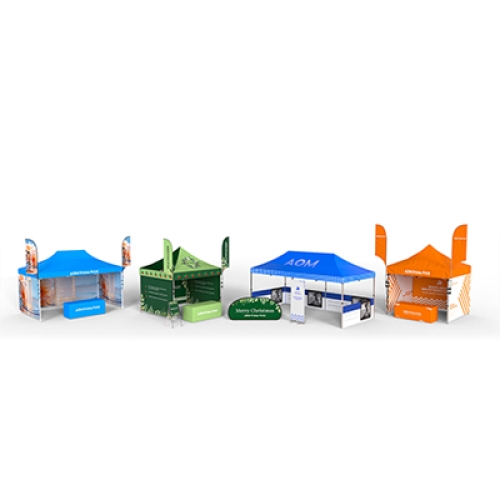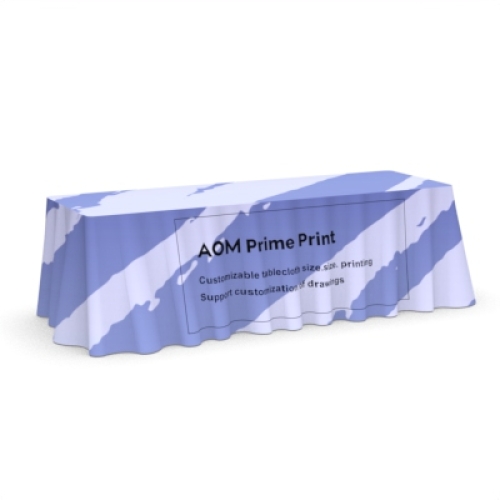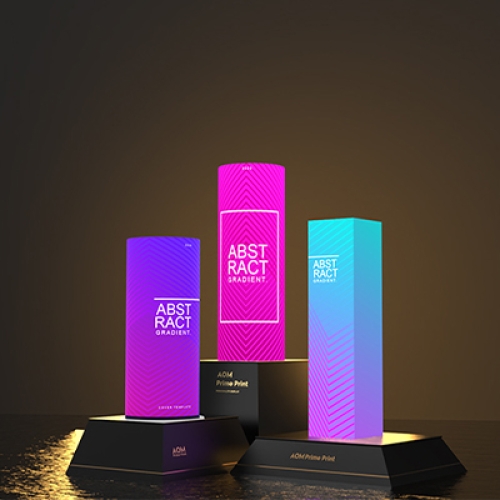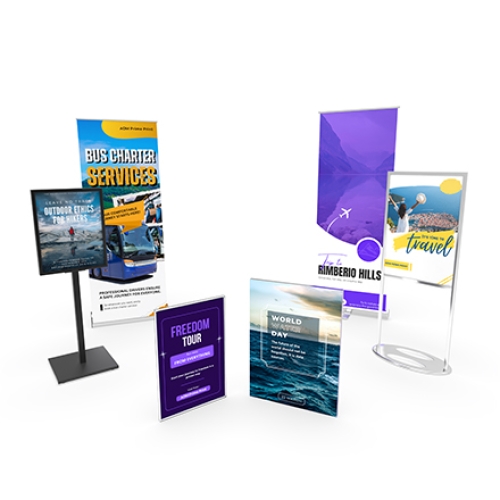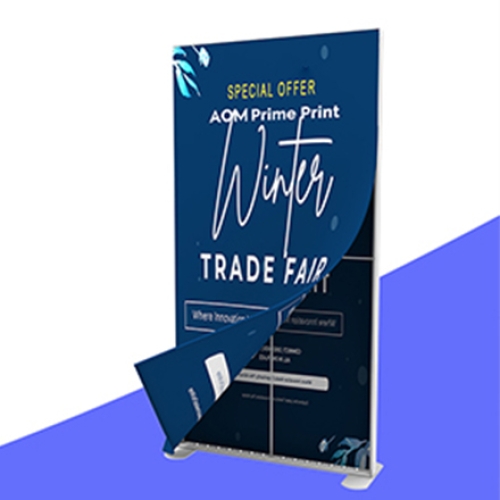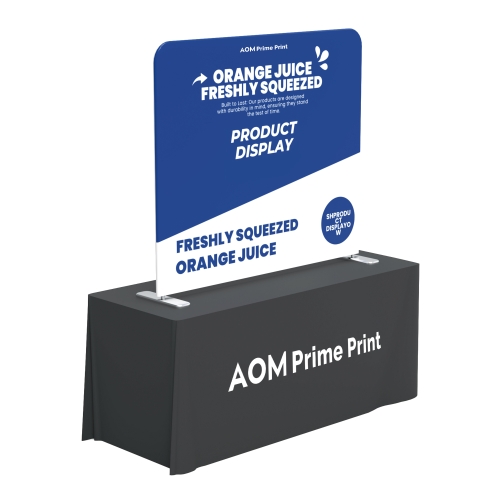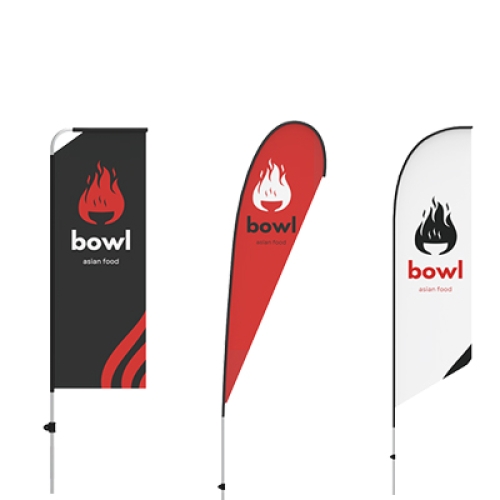Key Strategies for Transitioning to a Large Exhibit—Dos and Don'ts
December 29th 2024
As your brand grows and your trade show presence expands, the leap to a larger exhibit can be both exciting and overwhelming. Scaling up from a small booth to a grander space offers new opportunities to engage your audience, elevate your brand, and achieve higher ROI, but it also requires careful planning, strategy, and resources.
To ensure that your larger exhibit delivers the results you expect, it’s essential to have a clear understanding of your goals, audience, and available tools. In this article, we’ll explore practical steps and strategies for successfully scaling up your trade show exhibit, with an emphasis on optimizing the attendee experience and maximizing your return on investment.
Key Strategies for Scaling Up to a Larger Exhibit
1. Clarify Your Business Goals and Objectives
Before diving into the creative aspects of booth design, it’s essential to define your business goals. Ask yourself: What do I hope to achieve at this trade show? Are you looking to generate new leads, educate existing customers, increase brand visibility, or launch a new product? By identifying measurable objectives—such as the number of leads, partnerships, or media mentions—you can develop a clear roadmap for your exhibit and ensure that every element of your booth supports these goals. Make sure to set key performance indicators (KPIs) to evaluate your success post-show.
2. Understand Your Target Audience’s Needs
Whether you're engaging existing customers, new prospects, or industry influencers, tailoring your booth to the unique needs of each audience segment is essential. Start by conducting research on your audience’s pain points, interests, and expectations. Develop engaging content and experiences that address these needs, such as product demos, workshops, or interactive technology displays. The more you can personalize the experience, the more effective your booth will be at fostering meaningful connections and conversions.
3. Utilize Pre-Show Marketing
Building anticipation for your presence at the trade show can significantly boost foot traffic to your booth. Leverage social media, email marketing, and direct outreach to spread the word and create excitement. Be sure to tease what attendees can expect, such as product demonstrations, giveaways, or exclusive promotions. Engaging with your audience before the event also offers the opportunity to set appointments, arrange meetings, and prime potential customers for follow-up conversations during the event.
4. Work Closely with Your Exhibit Partner
A trusted exhibit partner can make all the difference in designing a booth that effectively communicates your brand message and aligns with your goals. Collaborate early and often with your exhibit partner to ensure they understand your objectives, target audience, and budget. They can help design a custom booth that not only meets your needs but also offers scalability options such as modular elements or hybrid exhibit solutions. Additionally, they can provide valuable advice on materials, construction, and logistics to optimize your budget and overall booth effectiveness.
5. Invest in Digital Technology
One of the most effective ways to enhance your exhibit is by integrating digital technology. Digital activations—such as virtual product tours, interactive screens, or gamified experiences—can capture attendee attention and drive engagement. Moreover, these tools also provide valuable insights into attendee behavior, allowing you to track engagement levels, booth traffic flow, and lead capture in real-time. This data will help you evaluate the success of your exhibit and refine your strategy for future shows.
6. Train Your Booth Staff Thoroughly
Your booth staff plays a pivotal role in the success of your exhibit. Ensure you have a diverse team, including not just your sales staff, but also product experts, marketing personnel, and tech support. They should be well-trained in your brand messaging, lead qualification, and the attendee journey. The right staff can help deliver a cohesive experience, drive engagement, and ensure that you capture valuable leads. Role-playing exercises and team-building activities before the event can ensure your staff is well-prepared and confident.
7. Plan for Effective Lead Capture and Follow-Up
Lead generation is a primary goal for most exhibitors, and a large booth offers ample opportunity to capture a high volume of leads. Invest in a streamlined lead capture system, such as a digital scanner or a mobile app, to collect contact information and qualification data. Once the event concludes, don’t let your efforts fizzle out. Develop a follow-up strategy that includes personalized emails, phone calls, or post-event content tailored to the leads you captured. A well-executed follow-up process can turn initial interest into long-term business relationships.
Common Pitfalls to Avoid
While expanding your booth space can offer exciting opportunities, there are a few common mistakes to watch out for as you scale up:
-
Focusing Too Early on Design: Avoid jumping straight into the booth design before finalizing your objectives and audience. A beautiful booth won’t perform well if it doesn’t align with your business goals and attendee expectations.
-
Underestimating the Costs: A larger exhibit typically comes with additional expenses such as higher booth rental fees, shipping costs, and increased staffing needs. Don’t assume doubling your previous budget will cover these new costs. Be sure to account for all the variables, from drayage and transportation to the costs of digital activations and promotional materials.
-
Overlooking the Importance of Data: Many exhibitors gather data at the event, but not all have a plan for analyzing and acting on that data post-show. Capture the right metrics, review them carefully, and use them to make informed decisions about how to improve future exhibits.
-
Not Considering Hybrid or Modular Booths: Scaling up doesn’t always require building a larger, permanent structure. Modular and hybrid booths allow for flexibility in booth size and design, making them cost-effective options that can be customized for different trade shows while offering room for growth.
-
Lack of Post-Show Evaluation: After the show, it’s essential to review not only the number of leads generated but also the quality of those leads and the ROI of your exhibit. Collect feedback from your booth staff, analyze your KPIs, and use this data to refine your strategy for future events.
Conclusion: Successful Scaling Requires Strategy and Flexibility
Transitioning to a large exhibit space is an exciting opportunity to elevate your brand’s presence at trade shows. However, success in a larger exhibit requires careful planning, a deep understanding of your audience, and a strategic approach to booth design and engagement. By defining clear goals, leveraging digital tools, and ensuring your team is trained and aligned, you can create an impactful experience that not only attracts attention but drives measurable results. With the right strategy, scaling up your exhibit can yield substantial rewards for your brand and business.
Make your next trade show a success—approach your larger exhibit space as a comprehensive, goal-driven experience that delivers value both to your company and your audience.

